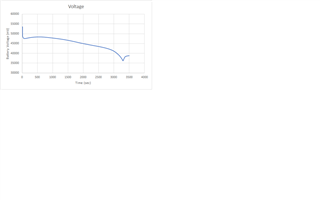After uploading the files as described in the GPC CEDV user guide, I get following error
| Your Gauging Parameter Calculator report is here. |
| Thank you for your interest in the Gauging Parameter Calculator from TI. There was an error in processing your report. The specific error encountered is: The following errors were reported by the calculation engine: Accuracy Error: Deviation is so high that it is most likely due to anomaly in the data. Please check that data files have recomended format, units and test schedule |
Not really sure which deviation is the error referring to. Please advise 1348.GPC.zip



